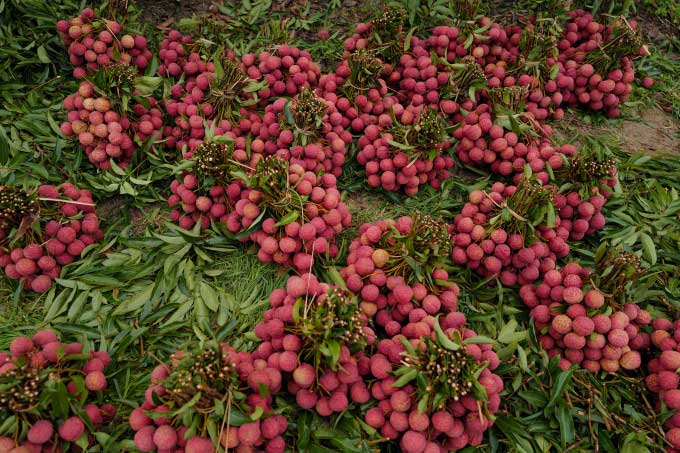The technology that analyzes spectral ranges from reflective light through the skin helps identify the optimal harvest time for agricultural products, developed by Belgian scientists.
During an online seminar titled “Fruit Harvesting Technology with Spectral Sensors” held on March 29, Professor Wouter Saeys from KU Leuven University (Belgium) discussed the sensor technology used in fruit harvesting. The seminar, organized by the VinFuture Foundation, is part of a series focusing on highly applicable technology topics of global interest, including agriculture, healthcare, smart transportation, and new technology trends.
Professor Wouter Saeys, the lead author of the study, noted that harvest timing affects the shape, flavor, and storage life of fruits. For pears (apples), harvesting just one day early can reduce their storage life by three weeks. Therefore, the research team developed technology to predict the best harvest date.

Professor Wouter Saeys discusses fruit harvest prediction technology at the online seminar. (Screenshot).
Experts conducted light spectrum measurements using reflective light from the skin or directed into the fruit’s flesh to identify ripeness indicators. By optimizing measurements of color, size, and sugar content, combined with analytical technology, the team provided indicators for determining ripeness. They tested measurements on 150 fruits in the orchard using sensor assessments and identified the optimal harvest time. “Data on the ripening time of each fruit type, combined with the obtained spectra, helps determine biological age to forecast the best harvest time for farmers,” said Professor Saeys.
He further explained that the technology can also assist in identifying rotten spots on fruits using biological sensors. The team plans to develop a sensor device that can be practically applied in orchards and aims to improve and design it to be suitable for thicker-skinned fruits such as bananas and melons.

Lychee from Bac Giang. (Photo: Ngoc Thanh).
At the seminar, scientists assessed that this technology will aid in forecasting the optimal timing for harvesting and preserving agricultural products. Experts suggested that the team needs to improve the compactness of the devices or develop robotic sensors for fruit harvesting that can detect fruit ripeness. They also recommended developing mobile measurement systems that utilize artificial intelligence to quickly connect data to farmers, ensuring they receive complete and accurate information.
Associate Professor Dr. Tran Thi Dinh from the Vietnam National University of Agriculture stated that domestic scientists are currently developing various harvesting and preservation technologies for fruits to transfer to relevant agencies. Based on the needs of the supply chain and the challenges in cultivation, many technological solutions have been designed for processing and preservation to enhance product quality. These include technologies such as irradiation, cold storage, or processing, which help increase the value of agricultural products (for instance, lychees can be preserved for up to 37 days, and dragon fruits for 55 days). Additionally, the value of agricultural products can be enhanced by processing them into products like jams, juices, or wines.


















































